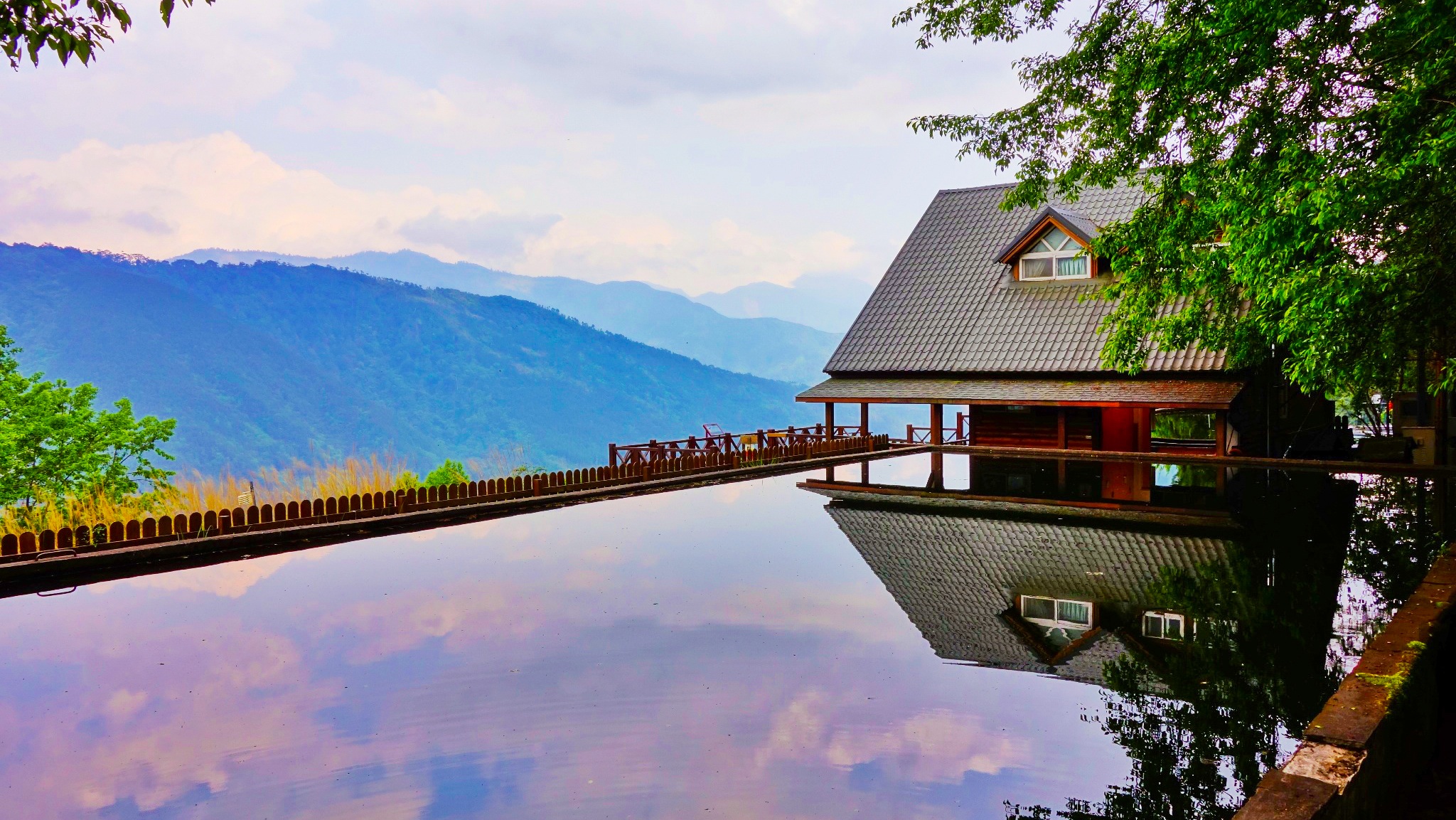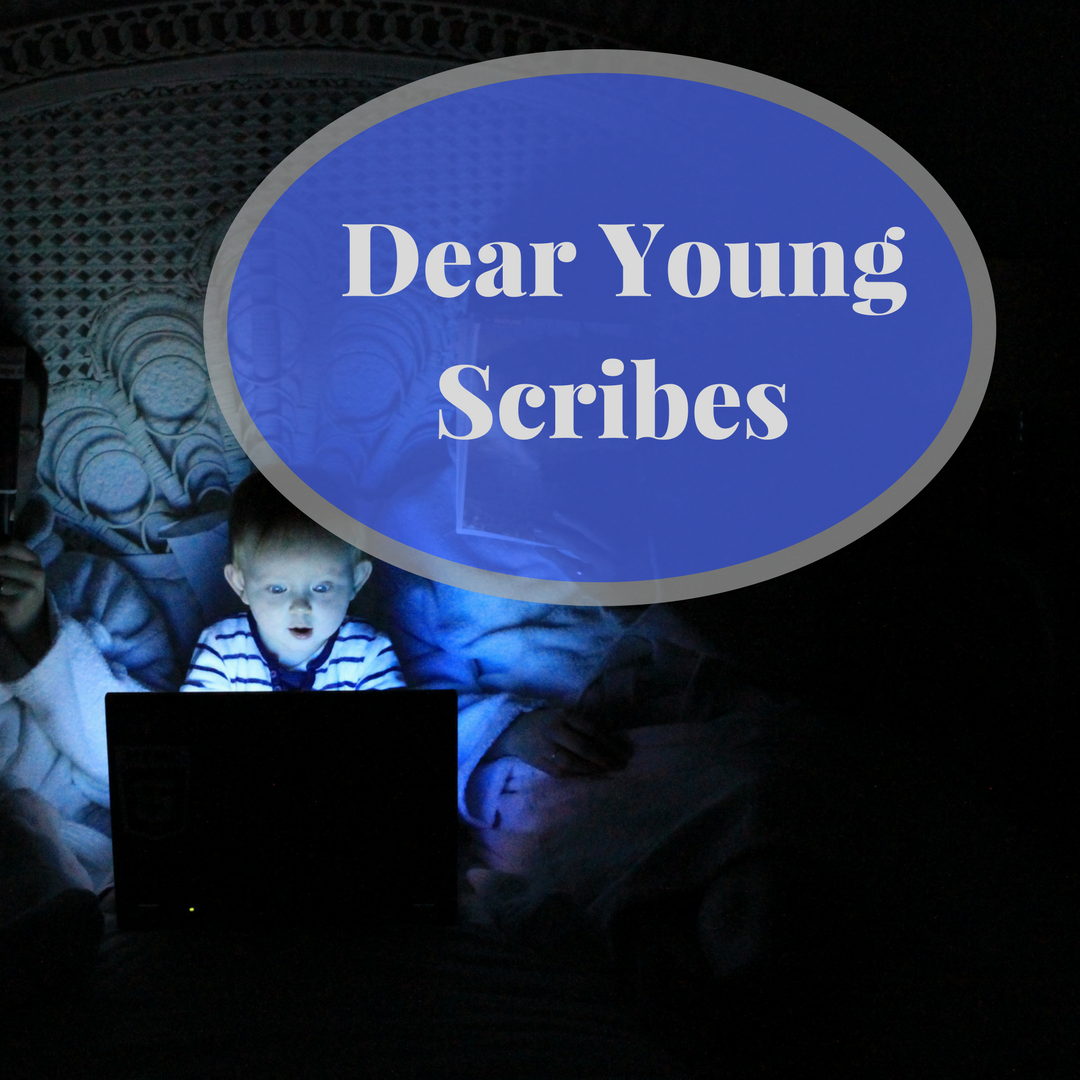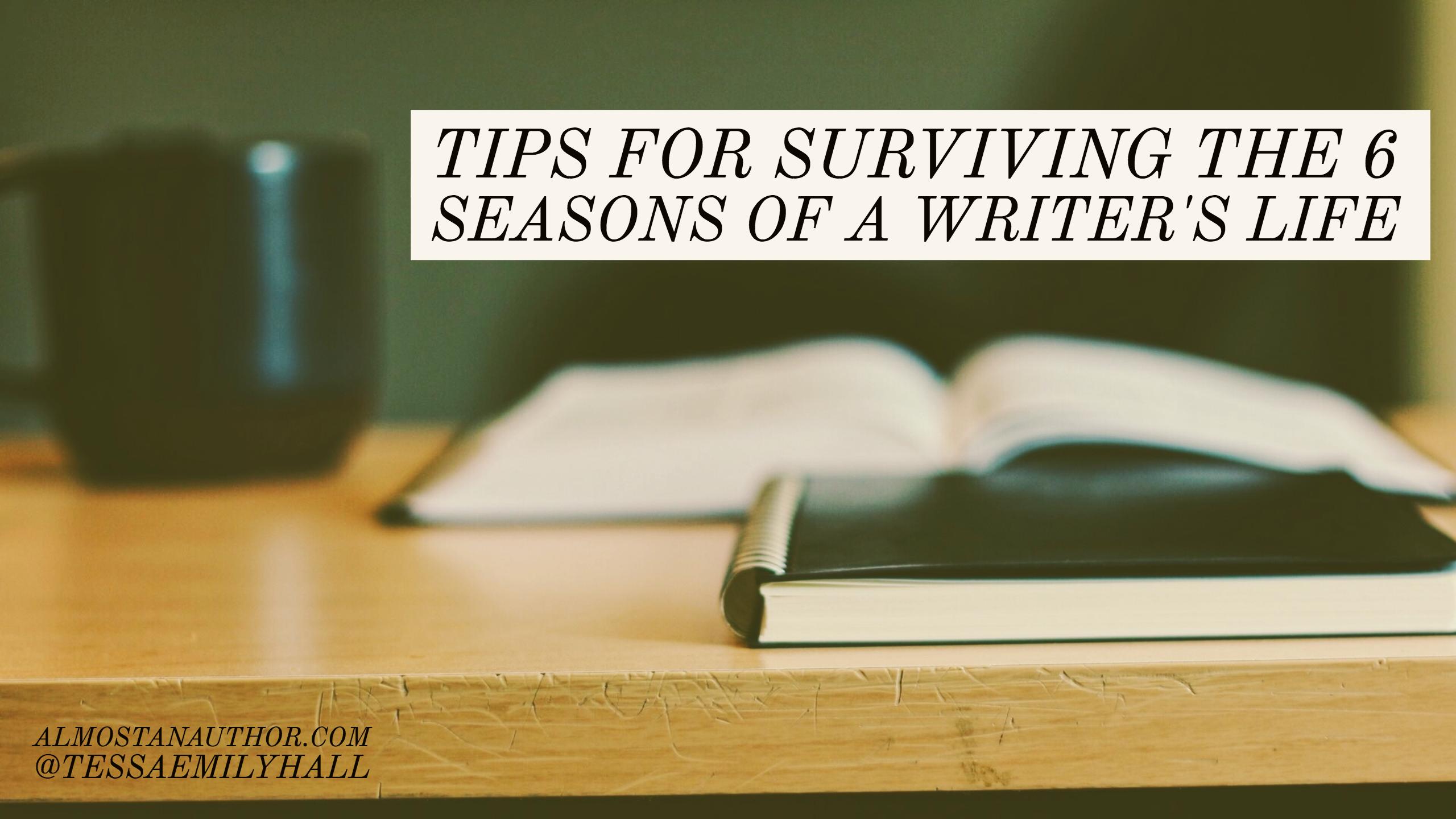Setting is far more than the backdrop of a novel. It’s the environment that breathes life into a story. It can paint hues of emotion, provide necessary backstory, enhance characterization, and serve as a tool to unfold significant plot elements.
When a writer prepares to write a book, they should spend just as much time researching and developing a setting as they do with their characters. In fact, setting should be treated with much attention as if it were a character in itself.
Think of your favorite book. How would the plot differ if it were set in the snow-capped mountains of Colorado? Or in a dry desert of New Mexico?
When a writer accurately portrays a believable setting for their novel, the reader becomes sucked into the story. This should be done in a way so that the story would not be the same if it were set in another location.
For example: The setting is a crucial element in the movie The Titanic. It would be impossible to set that story in another location; the entire plot would unravel.
Readers fall in love with books that present well-developed settings and story worlds. What would The Chronicles of Narnia be without Narnia? Or Anne of Green Gables without Green Gables?
When choosing a setting, ask yourself:
- What is the mood and theme of this story? What kind of location—a small town, big city, etc.—would best portray this?
- How will the setting affect the plot of the story?
- Will I use a real town or invent one?
- What cities—including my hometown— am I familiar with? Out of those, which one am I most passionate about?
- How can I weave symbolism into this setting?
- How does the setting influence my protagonist? What is his/her attitude toward this location? (This is a great way to unravel backstory — through showing the memories tied to her surroundings.)
I chose Lake Lure, NC for the setting of Purple Moon for the following reasons:
- I realized I had yet to read a YA novel that was set in the Blue Ridge mountains of North Carolina.
- I knew I wanted to set the story in the south since I am from SC.
- I came across a photograph of the mountains outlining a lake. This inspired me to do a Google search of lakes in North Carolina.
- After I found a list, I chose Lake Lure because the name reflected a theme in the novel.
- Since my protagonist is an artist, the mountains tucked into the lake keeps her inspired and reflects her personality.
If you want your readers to become swept away in your story, it’s crucial that you spend necessary time researching your setting before you begin to write.
It’s important to research your setting for the following reasons:
- Believability
- Accuracy
- So your readers can feel as if they have stepped into the pages of your book. You want to give them the sense that they are living in the story.
- To prevent your story from unfolding in front of a “closed curtain”.
In the next post, we’ll discuss how to go about researching your setting and how to filter it through the eyes of your protagonist.
How to Choose, Develop, & Research a Setting: Part 1 via @TessaEmilyHall #write Share on XWhat is your favorite story setting? How does it enhance the plot, theme, mood, and protagonist of the novel?






 We love helping your growing in your writing career.
We love helping your growing in your writing career.

No Comments